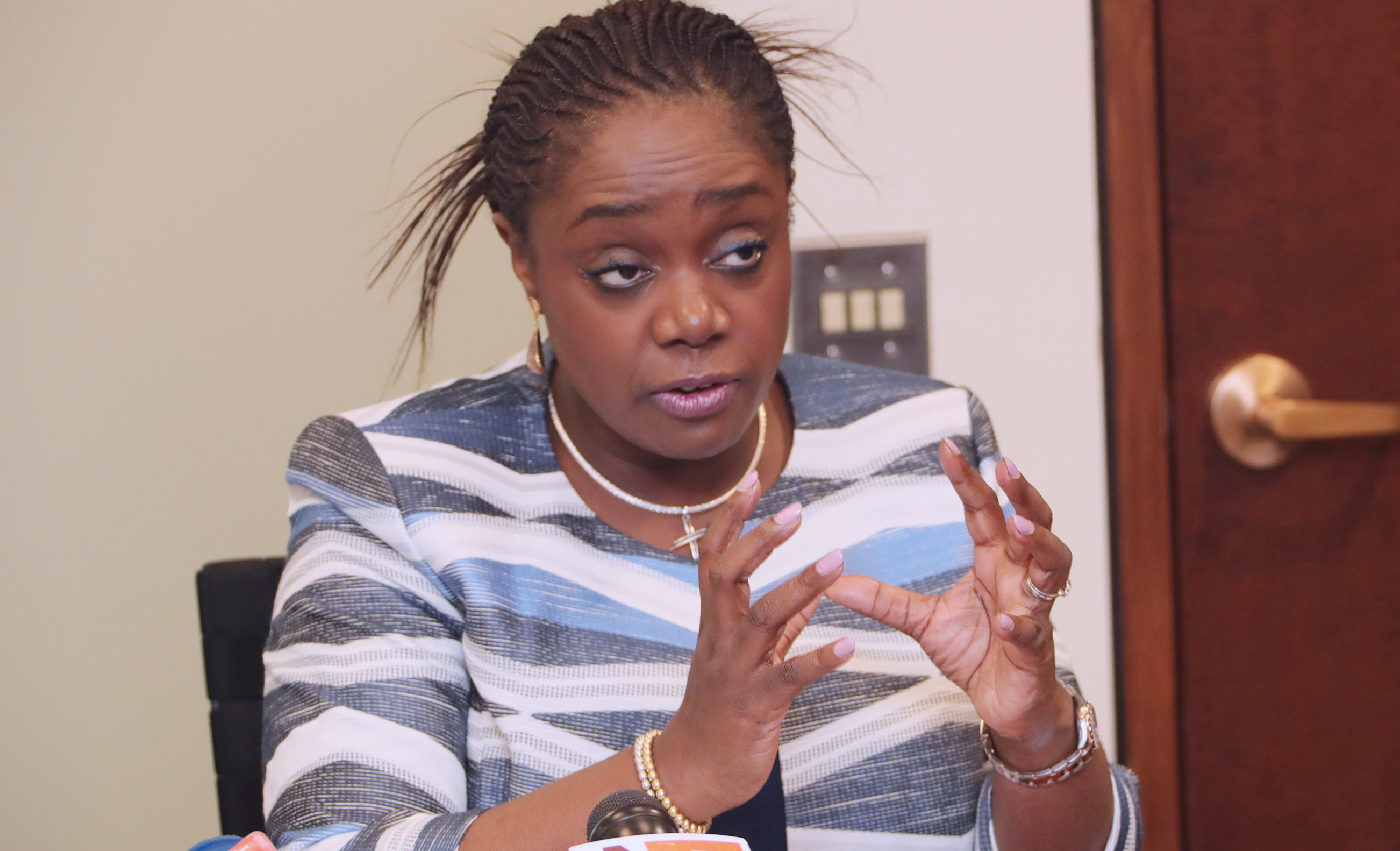Early in 2021, I granted an interview to a media platform. The last question of that interview session was about my advice to the operators and regulators of the microfinance subsector in Nigeria. Of course, my answer was practically an outline from the work I did for our internal use back in 2020 at the peak of the COVID-19 pandemic in Nigeria.
I only outlined the points from that internal document as much as I could remember. I stumbled on one of the publications of that interview recently. After reading through the interview again, I felt that my response to the last question of the interview can be useful even for other non-microfinance businesses.
Even though I think that the question regarding operators shouldn’t be directed to me because I am an operator and I need to listen to non operators advise us. However, since I was asked the question, I will make an attempt to highlight some of my thoughts on sustainability strategies for microfinance in the age of disruption.
First, I believe it is very important for a Microfinance Bank (MFB) to drive liquidity aggressively. With the level of disruption and uncertainty that we have, survival and ability to withstand shucks depends on the level of liquidity available. Liquidity can come from any or all of capital, deposit, debt, grant, technical support, donations and profit. A blend of all or many of these is better.
Advertisement
Liquidity for a bank also has two sides. One is the availability and the second is management. A bank can close shop not only because the liquidity is low but also because it is not properly managed.
Product type and the segment of the market chosen to serve are supposed to be largely determined by the type of liquidity available. It should also determine the type and level of risk that an operator is ready to take.
Again, for operators, I will make it clear: Don’t do it simply because that is what your next door neighbor is doing. We all know the importance of liquidity to our type of business, but the experience of COVID-19 has made it more important.
Advertisement
Secondly, all of us must prioritise risk management and corporate governance. We are not talking of only credit risk, but all the risks we are exposed to as MFBs. Risk environments are becoming more sophisticated and we must respond accordingly. Right staffing and training are very important here. All stakeholders must imbibe the right discipline. Also, discipline must be supported by clearly defined rules that are well communicated to stakeholders. Compliance to regulation and internal policies are very important for growth and sustainability. They should not be done just to please the regulators and counter parties. They are important for the long term survival of the organization.
Thirdly, we must improve on our brand awareness. We must all be deliberate in investing money and other resources in creating awareness of the good work we are doing. Banking is a business based on trust and confidence. We must continue to do this in order to boost and sustain public confidence in us. You don’t need a huge budget like a commercial bank, but you must deliberately invest in this line based on your level and capacity.
Fourthly, we must all embrace and deploy appropriate technology. Deployment of hardware and software is very important but it must align with the internal culture of the organization and the quality of people. The phrase digital transformation can be misleading. Digital alone does not transform. Technology alone cannot transform, it must go with the right culture, right skills and right people. And the customer must be the focus of any technology deployment.
Number five, there must be efficient cost management. Ensure you only spend on essential things that will directly or indirectly bring the money back to you. Things don’t necessarily have to be expensive for them to be good and effective. The key is to set your priority properly. Cost saving does not mean we should not spend. It only means we should spend rightly. And we have to be very careful to balance views properly here. There are people who believe that as a microfinance operator you must look hungry always.
Advertisement
If they see you drive Toyota Camry that is not smoking, they will say you are copying commercial banks. They will tell you that microfinance operators ride bicycles in Bangladesh. They forget that microfinance like most other businesses is highly localised. If you wear a suit that is not second hand or okirika, they say you are copying commercial banks. That can only become a problem if you don’t get your priorities right. The key thing is to know your level per time and abide by that level, while you make efforts to change level. You remember the saying that ‘life is in stages and men are in sizes’. Live your size per time. High cost can kill your business. Low cost can also retard the growth of the business. And any business that is not growing is dying. Six, we all need to be deliberate in driving or beefing up our capital base from profit and external sources. The key word here is being ‘deliberate’. The issue of capital should go beyond being the requirement of the regulators. It must be a business priority.
Seven, there must be good performance management. Staff and management productivity is a major problem we all face daily. We must work towards a point where every staff delivers some quantitative value to the organization. The value must be measurable. You cannot continue to keep any staff or executive at a subsidy for too long. This is even more important considering our size of businesses and lean business margin.
The eight point is that we must be sure we deploy the right product. Most of us still run on generic products? We need to invest in tailor made products that deliver specific values to specific people or market.
Number nine is leadership. All of us at the decision making levels of our different organizations must do our best to continue to improve our leadership skills. We have the critical role of managing both the internal and external customers. We have to efficiently manage both the human and non-human resources. All these require high level of management. Each of us must develop what is now called ‘Agile Mindset’. We need the ability to internalize problems and complexities. At the same time, we must continue to communicate hope, clarity and direction. Boards are to be ready to invest in developing leadership capacity of their business managers and executives. This will certainly involve financial commitments and priorities. Each of us at management levels also need to take personal responsibility. Don’t spend all your salary on consumption.
Advertisement
Use part of it to develop yourself. If you effectively increase your learning, you will invariably increase your earning. This is regardless of the peculiarity of your organization. Because there are some of us that will refuse to invest in personal development since they know their organizations, boards or shareholders don’t appreciate it. The truth is that if you put in the right investment on personal development, the return will definitely come in a matter of time. If it does not come from your present organization, it will come from somewhere outside of it. Let me also mention the fact that board members also need training and development. Management must deliberately budget for board training and development.
Ten, we need to continue to adjust our business models and the way we conduct our businesses and serve our customers to align with the reality of today. We have to continue to move gradually away from our brick and mortal business models. By brick and mortal I don’t mean only the physical structures. Brick and mortal is more of mindset that physical structure. There is no substitute for efficient organizational structure. All our investment cannot go to only loan creation. We must consciously invest in building quality organizational structure. At the end of the day, the business is about three things- the structure or system on which the business runs, the people behind the business and finally the market or the customers. These three are not in any particular order. Let me stop by saying that what I have mentioned here are not in any particular order. There may also be other important points I didn’t mention here for time constraint.
Advertisement
Adegoke Akinola Adegbami is the MD/CEO of Mainstreet Microfinance Bank
Advertisement
Views expressed by contributors are strictly personal and not of TheCable.
Add a comment






